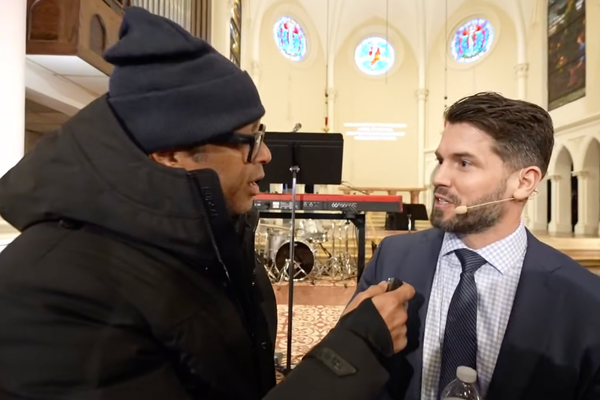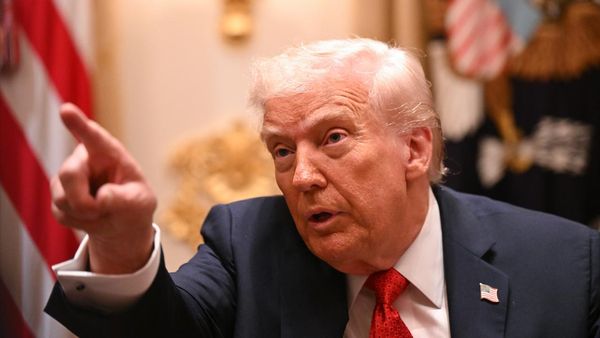Time and again, I reflect on how George Town, and for that matter, much of the rest of the city needs a proper compendium of street names and their history.
This thought came back to me yesterday while reading P. Thankappan Nair’s Calcutta in the 18th Century. I was reminded of how much regard the late S. Muthiah had for this unsung historian of Kolkata. One of Nair’s seminal works is History of Calcutta’s Streets. Chennai definitely needs a similar volume.
Or, maybe volumes. George Town by itself would merit one, or maybe more. And in it/them would be Linghi, Thambu, Errabalu and other Chetties, Stratton (yes, and not Strotten) Muthiah Mudali, General Muthiah, Anna Pillai, Govindappa Naicken and several of those colourful Indian characters who kept the wheels of commerce well-oiled and moving in the 17th and 18th Centuries.
The history of several has been lost. Who, for instance, was Parish Venkatachala Iyer and what about Thatha Muthiappan? The former I know was Pharsee Venkatachala, meaning he was knowledgeable in Persian, but I am yet to fathom whose grandfather Muthiappan was.
It is common practice today to refer to them all as dubashes (translators), but that is not correct. Many were into specialised crafts and one among these was Linghi Chetty who was Mint Master.
Established in 1743
I got further details on him while researching for a long article on the history of mints in the city. He is first mentioned in connection with the Chintadripet mint which was established in 1743 in that newly founded weavers’ village and Linghi Chetty was assigned the post of ‘Mint Undertaker’. He was given the job at the instance of Vennala Audiappa Naick who, together with Chinnatambi Mudaliar, was assigned the task of designing and establishing Chintadripet.
And Linghi Chetty got the job in the teeth of much opposition.
For one, he was considered a rank outsider by the gold and silver smiths at the mint. Secondly, the post of Mint Shroff and Manager had till then been assigned to Brahmins (the Mint Brahminees as they were known) and it was at Audiappa’s recommendation that Governor Benyon gave Linghi Chetty the task. But having taken it up, he soon no doubt learnt quickly. He seems to have been faithful to the English even when the French occupied Madras between 1746 and 1749.
On their return, the English consulted Linghi Chetty on the condition of the gold and silver mints at Fort St. George and solicited his views on their repair. He thereafter presumably continued operating the Chintadripet Mint.
Son succeeds father
Linghi Chetty passed away in 1754, and his son Devaperumal, referred to as Tepperumal and Chiperumal in Company records, became the Mint Shroff. By then, all three mints (the two inside the Fort and the one in Chintadripet) were under a common Assay Master, Edward Edwards, who was trained in England. Tepperumal was his assistant, and his writ ran across all the mints in the city.
Unlike his father, he had a tenuous relationship with the goldsmiths who filed complaints against him.
The father and son were prominent figures in the cultural scene as well. Both were dharmakartas or trustees of the Tiruvottriyur temple.
Linghi Chetty finds a mention in the Sanskrit work Sarva Deva Vilasa. Tepperumal is praised in a verse by Arunachala Kavi, the composer of the Rama Natakam. In it, he is mentioned as the son of Linghi Chetty. It is likely that Linghi Chetty had his residence in the street that took his name. It is remarkable that the name has survived from the 1750s.
(V. Sriram is a writer and historian.)







